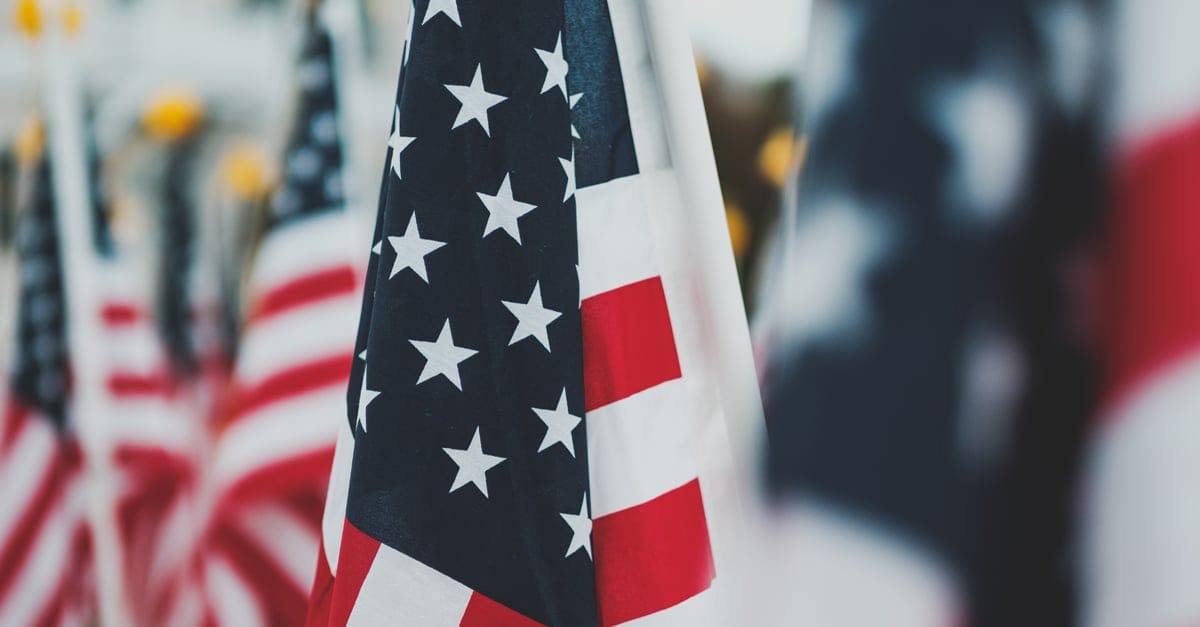
Study Finds Falling Crime Rates in Counties That Adopted “Sanctuary” Policies
Counties that provide “sanctuary” to undocumented immigrants saw a drop in crime rates, according to a new study from the University of Texas at Austin.
“Sanctuary” is a catch-all term for policies that limit cooperation between local law enforcement and federal immigration agents and prevent local officials from questioning people about their immigration status.
Former President Trump and many Republicans have argued that sanctuary policies are a public safety risk, allowing immigrants who should have been deported to commit crimes.
Researcher Marta Ascherio compared data across more than 3,100 U.S. counties — that’s 99% of the United States — between 2013 and 2016, when numerous U.S. cities adopted the policies. The study shows that both property crime and violent crime decreased more in sanctuary counties than counties without sanctuary policies.
The report also found that sanctuary counties with a high proportion of foreign-born Latinos had lower property crime rates than non-sanctuary counties.
Ascherio said she believes sanctuary policies “encourage immigrant political integration, have positive spillover effects to non-immigrant Latinx communities, and increase social harmony.”
Border Crossing Rose while Drug Smuggling Declined Significantly in May
U.S. Customs and Border Protection (CBP) released its operations update for May 2022, which details border crossing, international travel, trade, and other statistics related to the southwest border.
An “encounter” refers to two different events: expulsions, when a migrant is immediately turned back or sent to their home country, and apprehensions, when migrants are held by CBP in the United States.
Nationwide, CBP reported 177,793 “unique” encounters, meaning it was the first time CBP has come across the individual in the past 12 months. This represents a 15% increase from April.
On the other hand, CBP reported an increase of 2% in total southwestern border encounters from April to May. There were 239,416 total encounters with migrants at the U.S.-Mexico border, and at least 25% of those encounters were migrants who had tried to cross the border at least one other time in the past 12 months. These multiple-attempt encounters artificially drove up the number of reported border encounters, since the actual number of unique individuals the CBP was encountering was substantially lower.
However, despite this increase in border crossing attempts, CBP reported a significant decrease in drugs coming across the border. Nationwide, drug seizures were down 22% in May compared to April, with seizures of some drugs like heroin down as much as 29%.
U.S. Denies Entry to 90% of Afghan Humanitarian Evacuees
U.S. Citizenship and Immigration Services, or USCIS, has denied more than 90% of requests for humanitarian parole filed by Afghans hoping to escape the Taliban and enter the U.S. through the parole process.
USCIS has received over 46,000 applications for humanitarian parole from Afghans since July 2021, the majority of which are in a backlog waiting to be processed. However, according to data obtained by CBS News, of the fewer than 5 thousand applications that have been processed, more than 90% have been denied.
Not all Afghans who could be eligible for U.S. resettlement were evacuated when the Afghan government collapsed in August 2021. Many people who assisted the U.S. in some way, or would otherwise be in danger under the new Taliban government, began filing applications for parole, which allows immigrants without visas to enter the country on urgent humanitarian grounds.
Biden Eases Some Restrictions for Afghan Evacuees
The Department of Homeland Security and the Department of State published updated guidance in the Federal Register creating new exceptions for eligible Afghan evacuees who assisted the U.S. against the Taliban, to prevent the application of “overly-broad terrorism-related inadmissibility grounds in [U.S.] immigration law.”
The exemptions will include Afghans who supported U.S. military interests, civil servants like teachers and postal workers, who continued to work their roles during Taliban’s rule from 1996-2001 or after August 2021, and people who “provided insignificant material support” to a terrorist organization, such as paying a fee to receive a passport or pass through a checkpoint. Previously, this would have barred someone from gaining a visa, parole, or a green card in the U.S..
“These exemptions will allow eligible individuals who pose no national security or public safety risk to receive asylum, refugee status, or other legal immigration status, demonstrating the United States’ continued commitment to our Afghan allies and their family members,” Secretary of Homeland Security Alejandro Mayorkas said.
USCIS Transfers H-1B Petitions to Improve Backlog
USCIS announced plans to transfer certain H-1B petitions from the Vermont Service Center (VSC) to the California Service Center (CSC).
USCIS said it is transferring these cases in response to the H-1B receipt issuance delays at the VSC, and asks petitioners to please continue to file Form I-129 petitions based on the addresses provided on USCIS’s Direct Filing Addresses site.
The transfers are part of a wider USCIS effort to reduce receipt notice issuance delays across the service centers.